The Drupal Camp Sevilla has come to an end, and we have all returned home, but the memories and knowledge gained remain with us.
I would like to extend my sincere thanks to all those who made this event possible. This gathering is a product of the dedicated Drupal Community, and the results have been truly outstanding!
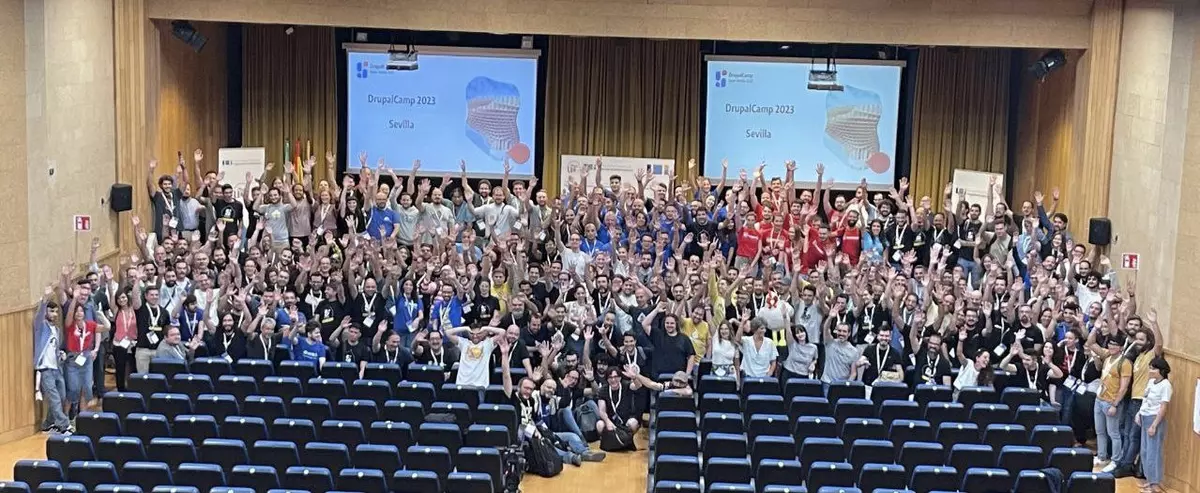
The Business Day
Since many editions ago, the first day of the Drupal Camp has been the Business Day. It is oriented towards meeting other companies and organisations that use Drupal and trying to establish synergies. This time there were almost 30 of us, much more than last year. We discussed the Business Day and Drupal through questions like: Is it worth it? What can we do to improve it and enhance engagement with Drupal? What can we propose? We split into small groups, and I can talk about what we discussed: yes, the Business Day is worth it; we need to attract more customers and organizations to use Drupal; we need to attract more developers to Drupal; we should create more engagement opportunities, and we believe there is a neutral agent that can drive these initiatives: the Asociación Española de Drupal. I really think they are doing a good job and that is all voluntary work, they are doing it for the good of Drupal, let's see what the next months will bring!
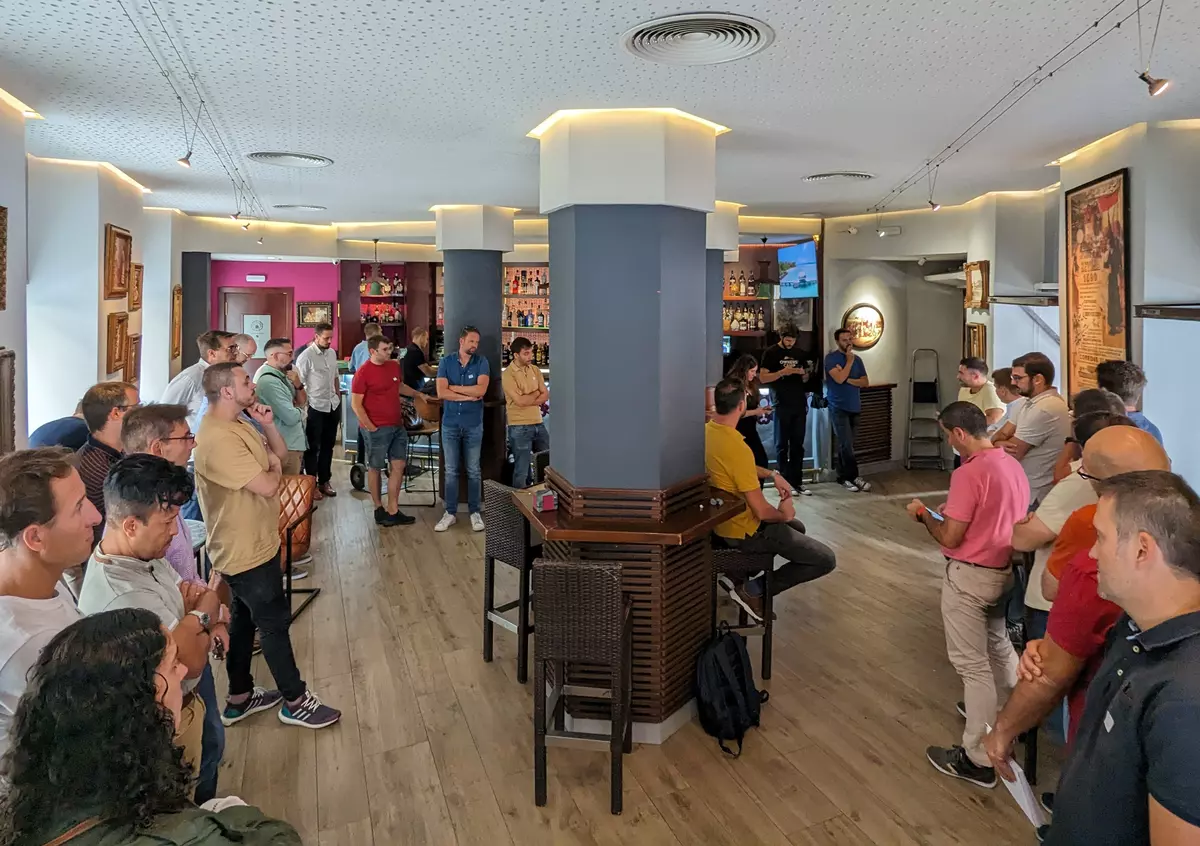
The sessions
About 90 sessions were proposed and the organizers decided to open a new track , from 3 to 4, to make room for more sessions. Still, it is was no possible to feature so many talks and a lot of session were left out. I would also like to thank the people that took the time to make their proposals, I'm sure they were great but sadly we always hit some limits.
As I have done in similar events, I would like to highlight some of the sessions I have information about. This does not mean they are the best, because I could not attend all of them, but I think they are worth watching if you missed them once the videos are available. Take in to account that some of the talks are in Spanish.
Drupal DevOps 101: Customiza tu Drupal como una Harley
Presented By Zequi Vázquez, this session served as a perfect introduction to web infrastructures for Drupal, discussing all the additional systems you can integrate into your stack enhance performance, monitoring, alerting, testing or improve deployment process. While there wasn't an in-depth exploration of these mentioned systems, probably because doing so would require several hours, the session did highlight all the components you may require as your infrastructure grows. This growth could be in terms of complexity, requirements, visitors, and quality assurance. If you don't know much about this topic and are seeking a roadmap, you should definitely watch this session. And if you're already familiar with it, you may still discover something new.
Diseño basado en componentes usando Single Directory Components (SDC)
In this session Ignacio Díaz-Roncero talks about the Single Directory Components, the new and shiny way to declare components in Drupal core. SDC allows, like other frameworks such as Angular, Vue or Svelte, to declare web components using just a single directory. Inside the folder all required files are placed: Twig, YAML, CSS, JavaScript, etc. SDC will autogenerate a Drupal library for the component, so everything feels very automatic.
SDC encourages frontend developers to work in a more Drupal-agnostic way: all the pieces of the components are in a single (shareable, forkable) directory, tight schemas are advised and, as a result, composition and reutilization patterns are much easier to implement and feel more natural.
Additionally, components are declared in a standard way as Drupal plugins. This allows components to be discovered and listed, access their metadata and properties (remember, the data a component uses is declared and typed) and integrate with Storybook or anything similar.
Although the module is still marked as experimental it is being moved to core as any other stable core component. There issues to use it in the Olivero theme and the Umami demo profile. Do you want to help while learning? Check these issues!
There some rough edges, though. For example, extending components can be tricky. Currently, it needs to be copied (forked). You can see this as limitation or a feature. But it is clear that this going to be a new standard in Drupal, and people are very excited about the possibilities it open. Stay tuned!
One doesn't simply walk into a management position -what I learned during my journey from dev to CTO
In her presentation, Manuela Meier shared her personal journey from being a backend developer to attaining the role of CTO. The session adopted a highly relatable and human approach, addressing topics such as dealing with fears and overcoming them, the support she received from her environment, and the additional challenges she faced as a woman. For example, she told how in meetings people sometimes didn't recognize her as the CTO of the company, highlighting the biases that women often confront. This serves as an example of the many biases that women have to navigate, and while the Drupal Community is generally known for its positive stance on inclusivity and diversity, there is still much work to be done in this regard.
Visual Layout Suite para site builders con gran ambición (ambitious site builders)
Visual Layout Suite is a new module developed by Metadrop to dramatically improve the editorial experience. Based in Layout Builder, thanks to other contrib modules and its own magic, it takes the core functionality to the next level. Deeply integrated with Drupal, you can use almost every pieces of content you may think of (content, images, content fields, blocks, views, etc) without any hard dependencies like themes, profiles, external services or limited set of Drupal functionalities. Highly visual in nature, it offers a live preview, numerous customizable components, including a carousel, and the ability to create new components and layouts without the need for any coding.
We are confident in the benefits of this module, and after this Drupal Camp, we are delighted to see that others share our enthusiasm. We would like to express our gratitude for the support and positive feedback we have received.
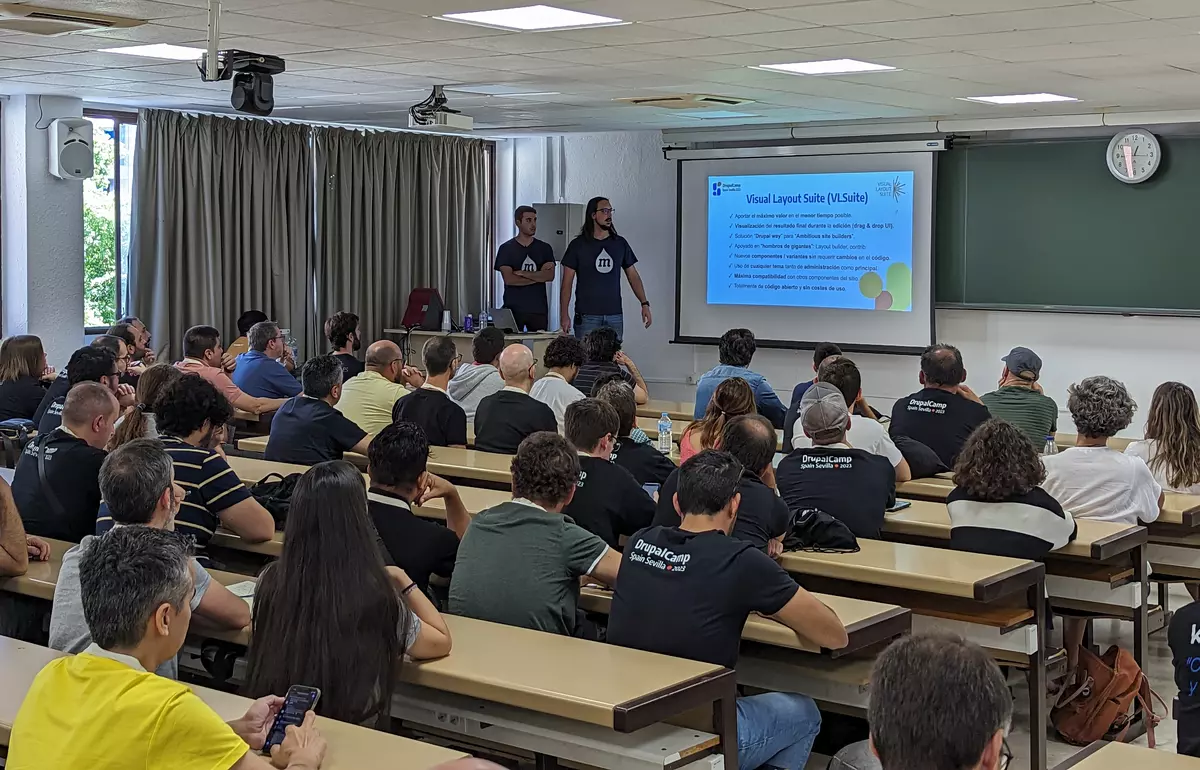
There were a lot of people at the VL Suite session.
Not only that, this week an article about the last release of the Visual Layout Suite is featured in the The Drop Times: VLSuite 1.1.0-rc4 Release Elevates Drupal Layout Builder Experience. Thanks!
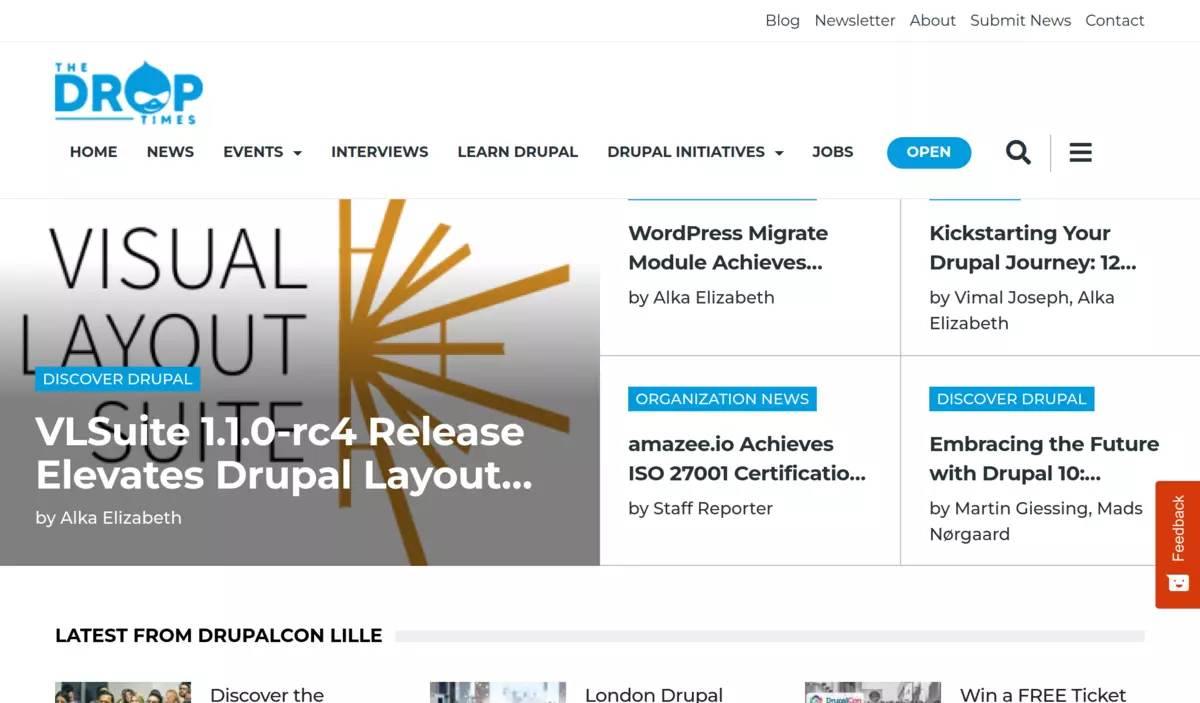
The article about the VL Suite 1.1.0-rc4 release in the home page of The Drop Times.
Estrategias de testing en aplicaciones gigantes
Presented by Andrea Natalia Naranjo Chavez and Amanda Ramirez, this session shared a strategy for integrating automated testing into a large-scale application, covering many aspects of this tasks from development to management. They introduced an interesting tool, Playwright, which I was not previously aware of. It allows a end-to-end testing of web application using the DevTools Protocol instead of WebDriver. While WebDriver allows to control a browser, it does so through an intermediate layer, the driver, which hides certain browser details from the testing script. For instance, WebDriver lacks knowledge of the browser's internal state, preventing the testing script from accessing information like the status code of a request or the availability of elements. DevTools protocol, on the other side, provides access to the browser, allowing new features not available to the WebDriver. And it is supposed to be faster. DevTools Protocol is available in all modern browsers (that doesn't include you, IE11, your time is gone).
By the way, DevTools Protocol is not the newcomer on block; that title goes to WebDriver BiDi. This protocol aims to combine the best features of both worlds but is still in draft status. Nevertheless, browser are implementing it, with Firefox lading the way, while Safari has barely even started.
Other sessions
There were many other sessions that I'm sure were interesting. Jonathan Araña Cruz's session on load testing likely offered substantial information in this area. Additionally, the talk about PHPStan by Alvaro J. Hurtado Villegas is sure to help improve your code through static code analysis.
There were also sessions focused on the European Commission, an organization that heavily relies on Drupal, and another session delved into Mautic, where they discussed the development of an open-source Digital Experience Platform (DXP).
And can't miss the sessions of my colleagues and me covering various aspects like the QA process, best practices for managers dealing with complexity and the Form API workflow. I'm including the links to the slides of these presentations below:
The Community is healthy
The Spanish Drupal Community is making a strong recovery from the pandemic, and this year the activity is flourishing. T Plans for the next Drupal Camp in Benidorm next September are already in motion. The enthusiasm among the community members was palpable during the Camp. Some mentioned that last year's Drupal Camp in another major European country had only 60 attendees, whereas Drupal Camp Spain drew in about 300 participants. Notably, many new faces joined, despite the challenges that tech communities face in attracting new members. I believe we can expect some exciting surprises next year, so stay tuned!
The Spanish Drupal Association held its assembly at the end of the sessions. I'd like to highlight one crucial point: the number of members increased last year. If you wish to support the Spanish Drupal Community, please consider becoming a member. It's just €10 per year, but it sends a powerful message of support to the dedicated individuals who volunteer their time to enhance the Community.
What was not scheduled
A lot happens during a Drupal Camp, and much of it, of course, is unplanned.
There was a BoF about performance, caching and Drupal that involved Varnish, Big Pipe, Dynamic Cache and some tricks to cope with registered users.It was so intriguing and yet so brief that we're planning to continue it on another day.
Another BoF centered around fostering local communities, offering an opportunity for idea exchange with members of the Portuguese community. I learned about the many developments surrounding CKEditor 5, including design decisions and certain limitations, as well as the challenges associated with extending specific components in CKEditor. By the way, if you have made numerous customizations in your CKEditor 4, be prepared for some significant work to adapt it for CKEditor 5
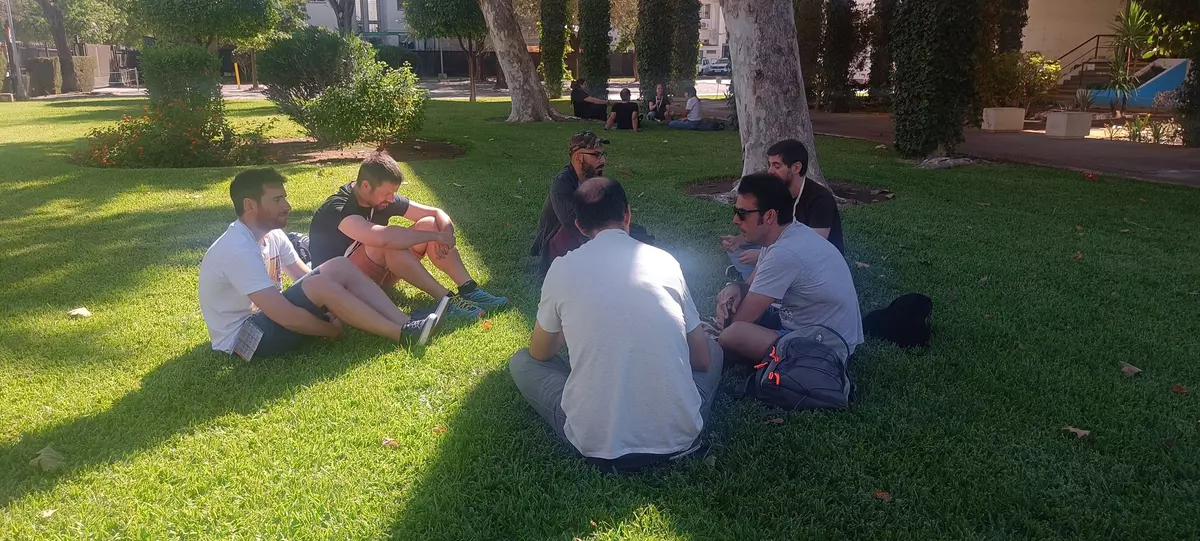
The BoF about performance. Photo by Jesús Sánchez Balsera.
Drupal Camp ended just a few days ago, but I'm already looking forward to the next one. See you there!
